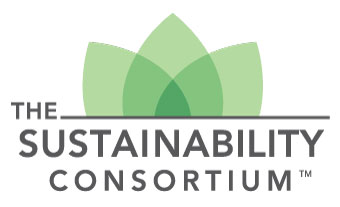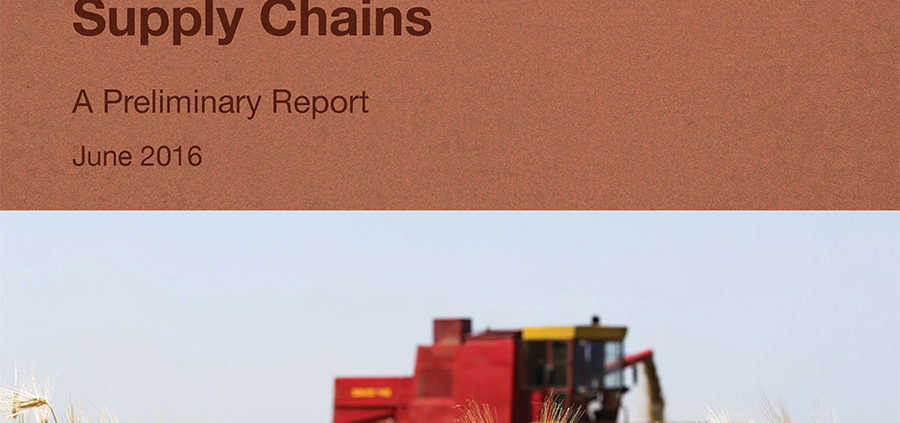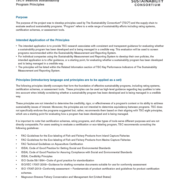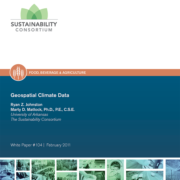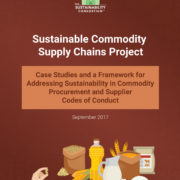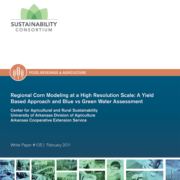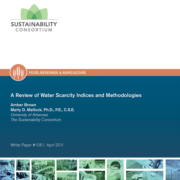How to Get Sustainability Data Flowing in Agriculture Supply Chains
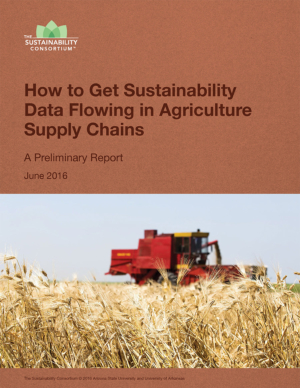
| Author(s): | [doc_author] |
| Date Published: | [doc_create_date] |
| Projects: | [projects] |
| Number of Downloads | 19442 |
| Size | 4.5 MB |
| File | Action |
|---|---|
| How to Get Sustainability Data Flowing in Agriculture Supply Chains (PDF) | Download |
TSC launched its first Impact Report in spring of 2016. This report is the culmination of analyses from retail product sustainability performance data. In general, food companies are able to report greater action around social issues than environmental issues. Food and agriculture products have the highest share of impacts far upstream (typically on-farm) where visibility is extremely low. For example, only 20 percent of respondents collect data on fertilizer usage, greenhouse gas emissions, and soil erosion. This represents a significant potential risk, but also an equally large opportunity to improve both cost and sustainability. In contrast, approximately half of respondents tracked labor rights, community rights, and forced and child labor in their agricultural supply chain.
